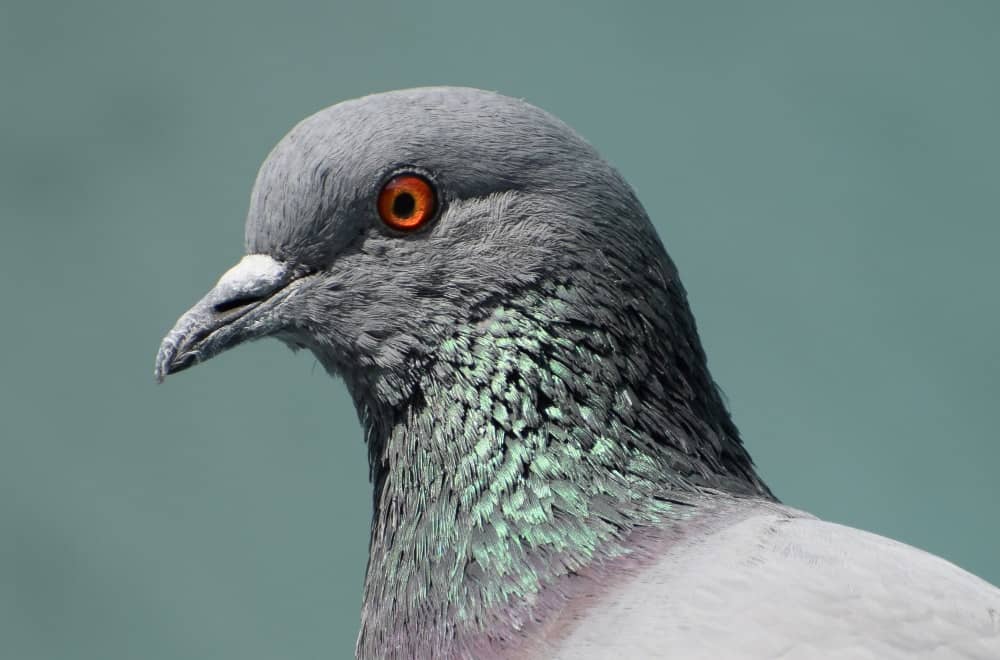Situations and Solutions
Disease: Pigeons play a role in the environmental concern about Histoplasmosis and are known carriers of Cryptococcus and Salmonella. However, there is little evidence linking pigeons directly to human infections. As with any animal, proper hand washing should be done after handling a Pigeon.
Droppings: Some view pigeons as a visual and aesthetic problem. Others view them as problems when they are in large numbers roosting on buildings. Their droppings can mar building facades and even cause permanent damage if left to accumulate. Things you can try include:
- Building tolerance and remembering they are one of the few animals that will tolerate the inner-city environment humans have created.
- Limiting the pigeons’ food source. Do not provide food and keep garbage covered.
- Using bird wire on ledges, railings, and rooftops to exclude the pigeons from nesting there.
- Deter Pigeons by attaching “scare eye” balloons or raptor-shaped kites in roosting areas. They will see this as a predator and leave the area. These things are available through Medicine River Wildlife Centre or other nature stores.
Banded pigeons: These birds are domestic pets used for racing or hobby. If found, report the band number to the Banding Association at (519) 842-9771.
Pigeons are, and will remain, part of the living community of our cities and towns. They become an issue only at specific sites and under certain circumstances. Resolution of problems with people should be approached on a case-by-case basis, not with misguided attempts at blanket reductions in pigeon population through poisoning and killing.
Natural History
Pigeons are plump birds with small heads and are gray, brown, or bluish in colour. They have many colour variations due to inbreeding and human interaction in genetic variation. Pigeons typically do not migrate and often stay in their home territories. They are not native to this part of the world and were introduced many years ago. They were originally cliff-face dwellers, but now have resorted to the artificial cliffs the urban environment provides for them. Pigeons mostly live in urban areas and congregate in flocks of 20-30 birds. They rely on people to survive. These birds breed throughout the year and typically have 2-4 young at a time. Parents take turns incubating the eggs for 16-19 days. When the young are born they are fed a specialized substance the parents make called crop milk. Babies start to fledge around 4-6 weeks of age but rely on their parents for another week.
Historically, Pigeons were used during World War II on board ships when the radios were down. Pigeons were sent back to alert the home base of a problem. They were also used as “messenger pigeons” in a variety of situations throughout the ages.


